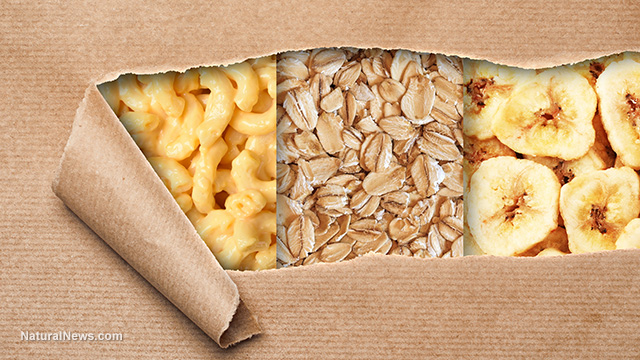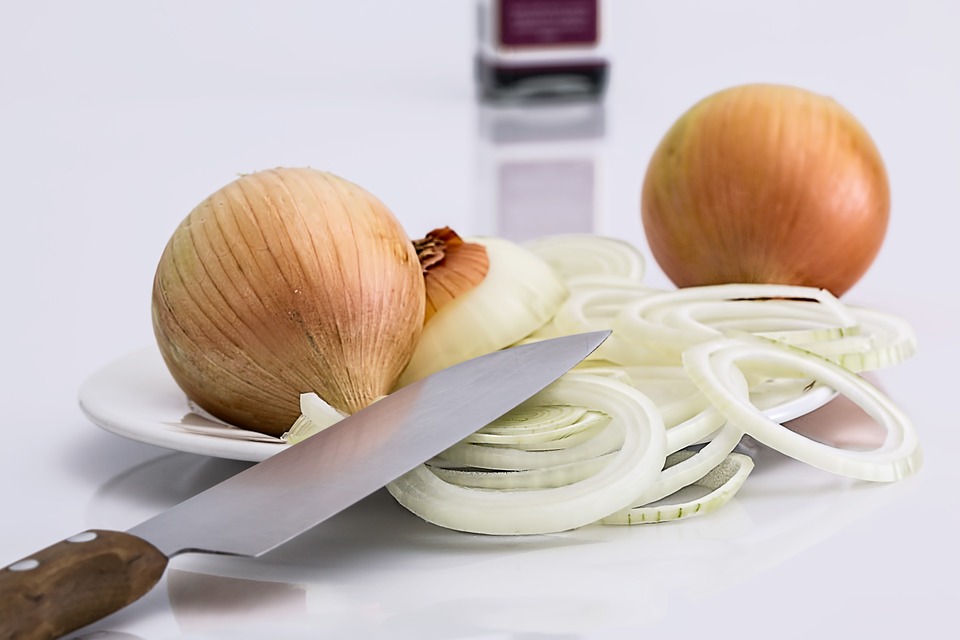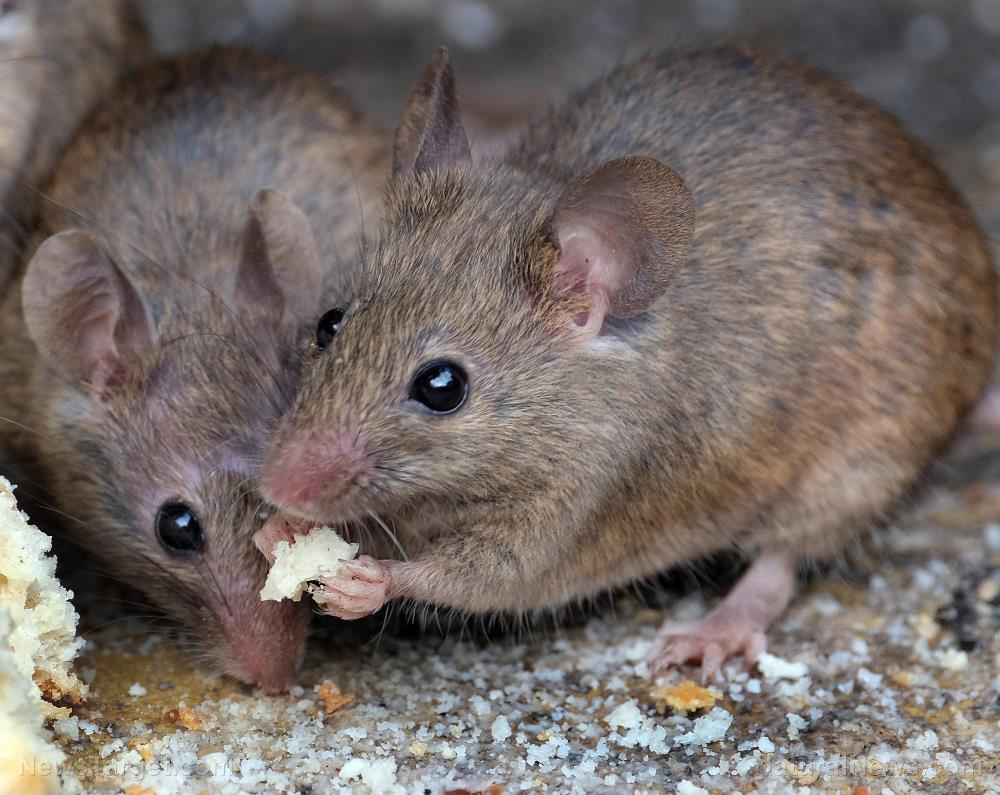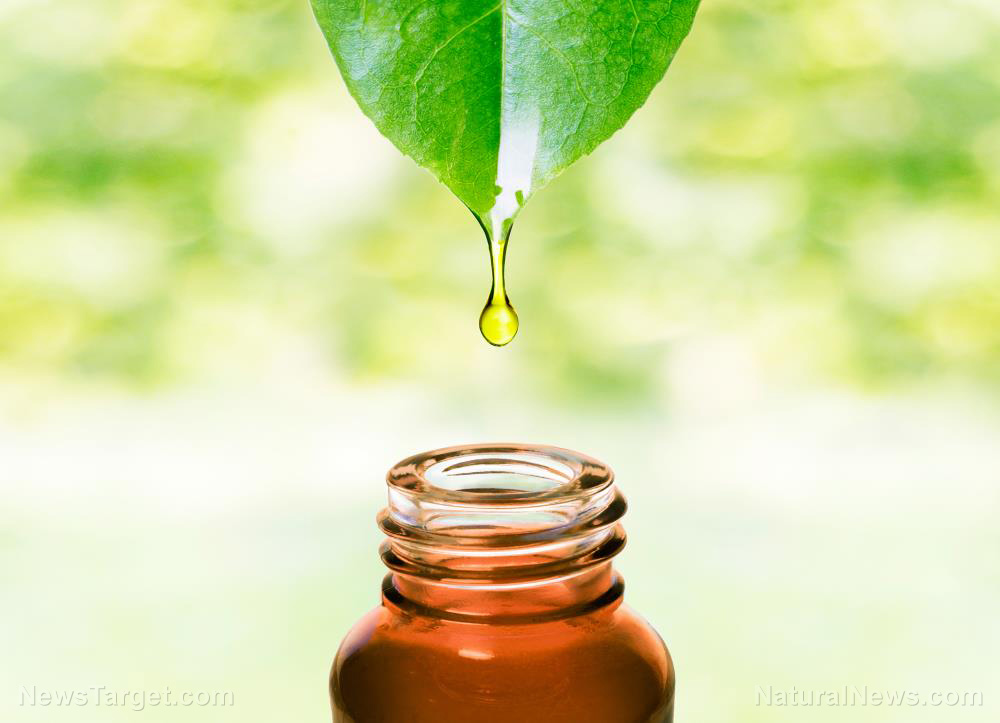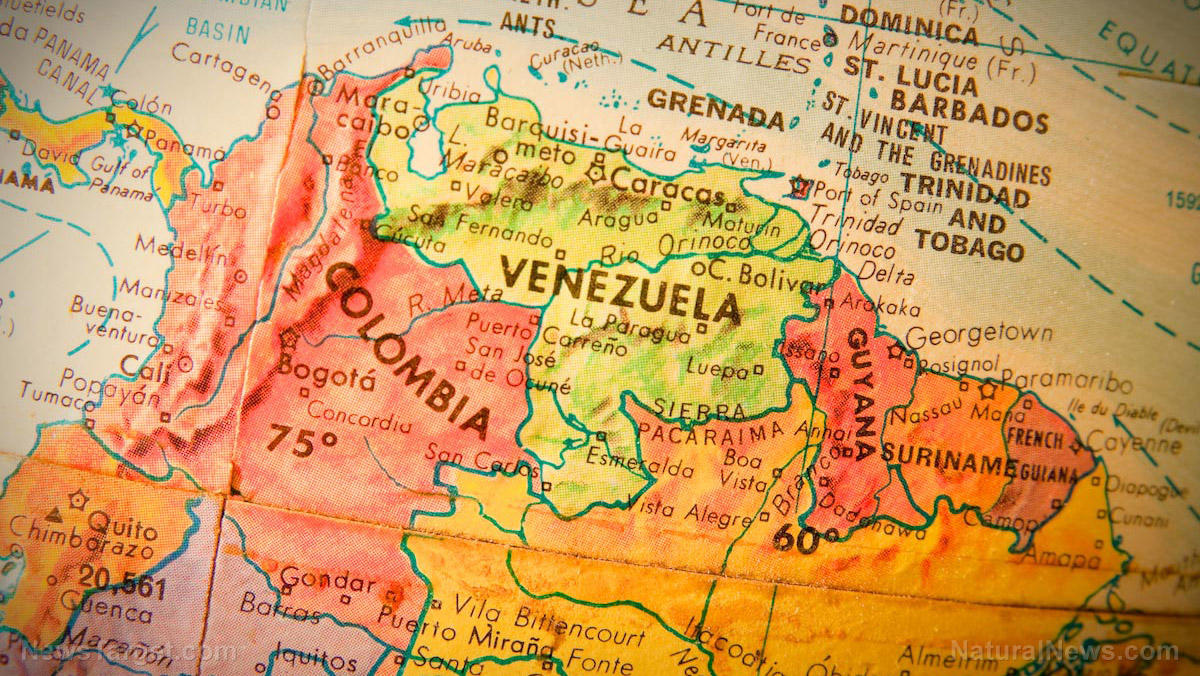Here’s how to tap maple trees (and make your own syrup)
03/05/2019 / By Russel Davis
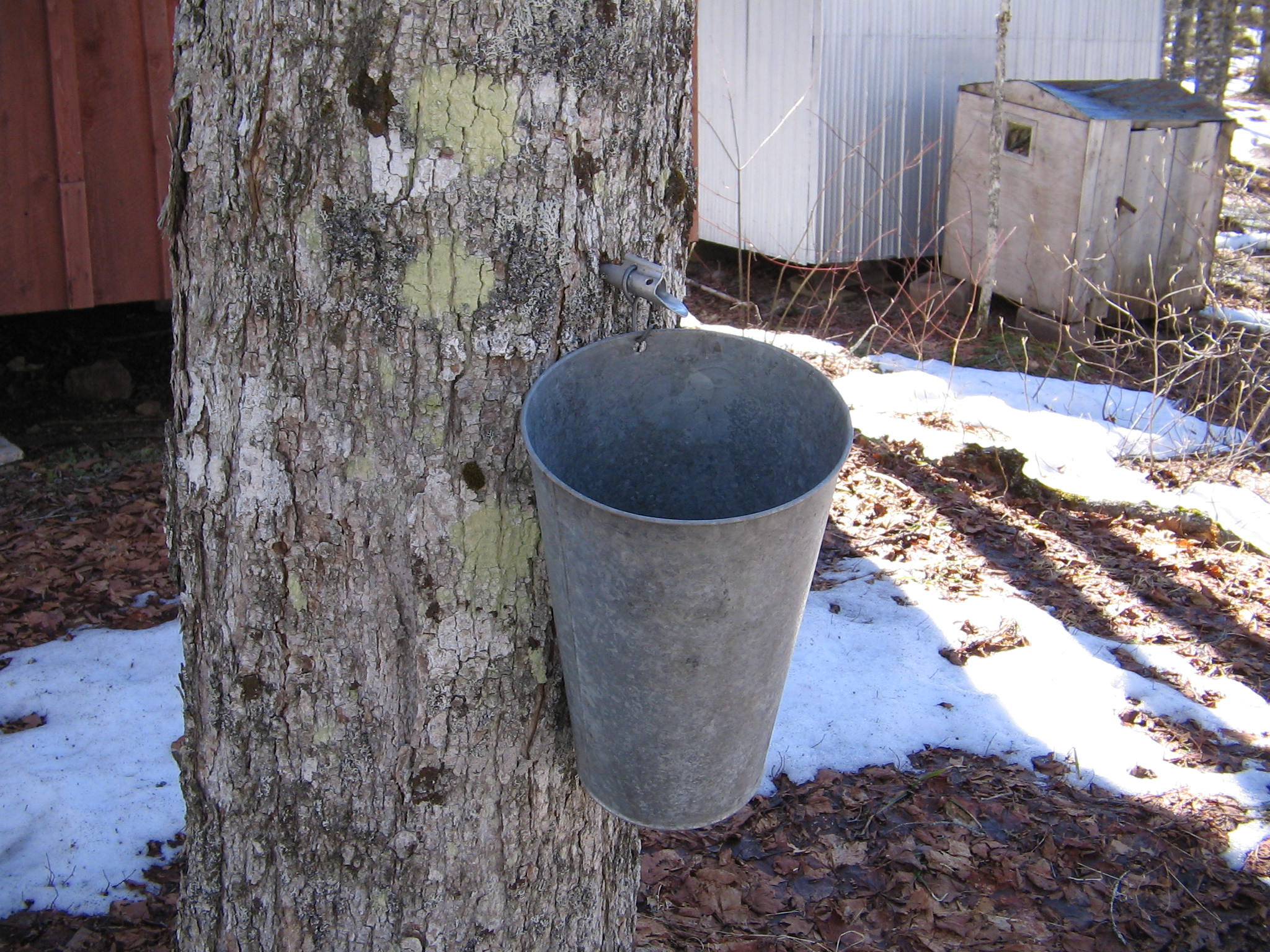
Tapping maple trees for their syrup makes for a fun family activity, and is a safe and sustainable way of gaining benefits from nature without hurting the ecosystem. Maple trees start to produce sap at the break of spring between mid-February and mid-March. The sap flows best during this specific period, when daytime temperature reaches above freezing but nighttime temperature dips back to freezing. These fluctuations in temperature build up pressure within the tree, which then results in sap production.
Tapping 101: Collecting the sap
The first step is selecting the right tree. A rule of thumb is to tap trees with very high sugar content such as sugar, black, red, and silver maple varieties. The size of the tree is also a primary consideration. Choose a healthy, mature tree that is at least 12 inches in diameter. Maple trees with a circumference between 12 to 20 inches can support only one tap, those with between 21 to 27 inches can support about two taps, while bigger trees can support up to three.
Once the right tree in chosen, you can start tapping for the sap. You’ll need the following equipment in the tapping process: a drill, metal or plastic spile with hook, hammer or rubber mallet, bucket, a heavy stockpot, and a filtering material such as cheesecloth or paper coffee filters.
- Drilling the tree – The size of the drill should coincide with the size of the spile. Normally, the tapping process requires drill bits that are either 7/16 or 5/16. Drill a hole in the tree at about 2 to 2 1/2 inches deep. Shavings from the tree should be light brown, which indicates good health. Drill another hole in a different location if dark brown shavings are seen. It will be useful to drill a slightly upward angle to help the sap flow downward.
- Inserting the spile – Clear the hole of shavings. Attach the hook to the spile and insert the spile into the drill hole. Use a hammer or a rubber mallet to gently tap the spile. Pounding will cause the wood to split.
- Collecting the sap – Hang the bucket and wait for the maple sap to flow. Take note that temperature plays a key role in the sap collection. Warmer temperatures may spur the tree to produce more sap. The amount of sap collected can range between a few drops to as much as two gallons a day.
Processing the sap into maple syrup
Making maple syrup from the collected sap is quite easy. The process only involves boiling, but may require you to do it outdoors especially if the sap yield is high. Doing it outdoors prevents the evaporating steam from leaving a sticky residue on the walls and ceilings of your house. Make fire safety a priority and keep the children away from the boiling area. (Related: Amazing Food Facts: Real maple syrup is just the boiled sap of a maple tree.)
To get started, put firewood in a pit and light a strong fire. Place a large cooking pot over the fire and pour the sap. Boil the sap until it reduces to about a half the depth of the pot. The sap contains sugar, so stir it occasionally to prevent it from sticking or burning. Boil the syrup until it reaches your preferred color, thickness, and consistency. Once your preference is met, strain the syrup to remove unwanted residues such as debris, foam, or grit. Homemade maple syrup can be stored in a glass jar and can be stored in the refrigerator for quite some time.
Sources:
Tagged Under: clean food, emergency food, food independence, food safety, food supply, green living, maple syrup, maple tapping, off grid / off the grid living, preparedness, prepper, prepping, survival, survival food, sustainable living, tree sap, tree tapping

